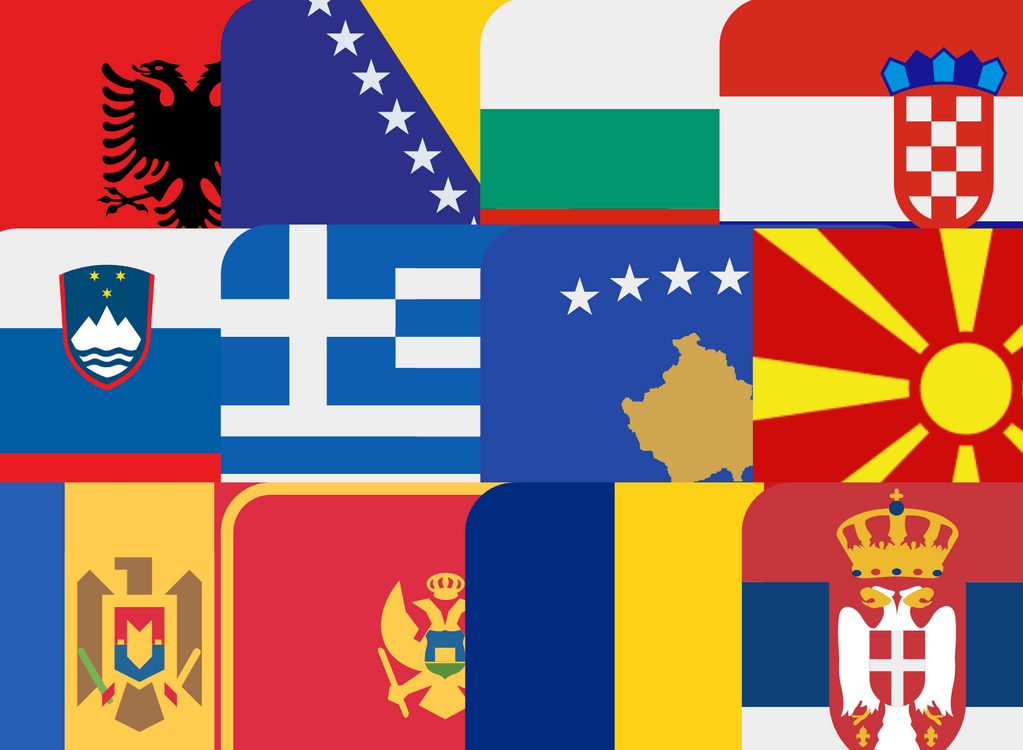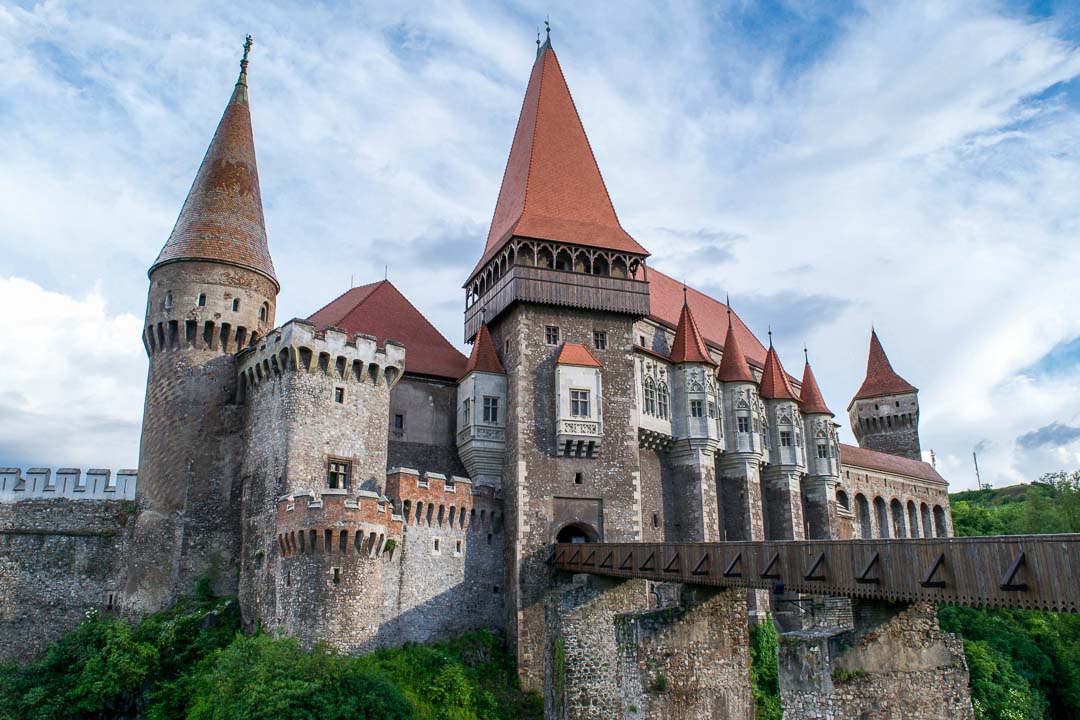Introduction to Transylvania
Transylvania, located in the heart of Romania, is a region surrounded by myths and dotted with landscapes that seem to be taken from a fairy tale. Known mainly for its connections with the legend of Dracula, this region offers much more than vampire stories. Its rich history goes back to medieval times, and its landscapes are a mosaic of imposing mountains, dense forests and villages that seem to be stopped in time.
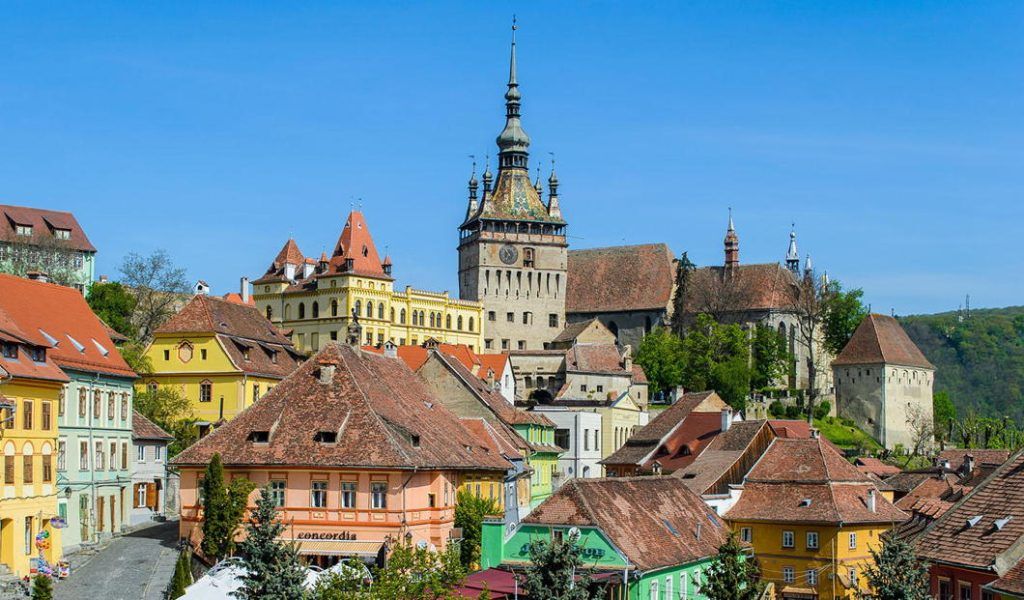
The region offers a window into the past through its numerous castles and fortresses, each with its own fascinating history. Transylvania has been an important cultural and strategic crossroads over the centuries, influenced by several empires, from the Romans to the Hungarians and the Ottomans. This cultural melting pot is reflected in the architecture, traditions and gastronomy of the region.
Tourism in Transylvania not only focuses on the exploration of its medieval history and its association with Dracula. Visitors can also enjoy outdoor activities such as hiking, cycling and skiing, which are popular due to their impressive natural terrain. The region is especially known for its national parks, such as the Apuseni National Park, which offers spectacular hiking trails and caves to explore.
In addition to its nature and architecture, Transylvania is a center for cultural festivals that celebrate everything from music and cinema to folk traditions. These events are an excellent opportunity for visitors to experience local hospitality and taste regional cuisine, which is a reflection of the diverse cultural history of the region. Dishes such as sarmale (stuffed cabbage leaves) and mamaliga (polenta) are an essential part of the culinary offer, along with local wines, which are gaining international recognition.
Transylvania offers a unique combination of ancient history, natural beauty and rich culture, which makes it a tourist destination that goes far beyond the vampire myths that can initially attract visitors. This region not only captures the imagination of those interested in legends and the paranormal, but also of lovers of history, nature and traditional cultures.
The Castles of Transylvania
The image of Transylvania is inextricably linked to its imposing medieval castles, which not only attract lovers of history, but also those fascinated by folklore and legends. Bran Castle, often known as the “Castle of Dracula”, is perhaps the most emblematic of all. Although the connection between the castle and Vlad the Empulator, the historical prince from whom Bram Stoker was inspired for his famous Dracula, is tenuous, the castle has embraced this legend, becoming a center of tourist attraction.
Beyond the famous Bran, Transylvania is home to other castles that are equally fascinating. Corvin Castle, in Hunedoara, is one of the largest Gothic castles in Europe, known for its imposing architecture and the legends of ghosts that surround it. On the other hand, the Peles Castle, in Sinaia, stands out for its neo-Renaissance design and its interior decoration, which make it one of the most beautiful royal residences in Europe.
These castles not only offer a glimpse into the opulence and medieval defensive strategy, but are also imbued with a rich cultural atmosphere, with frequent events and festivals that use these old buildings as a backdrop. Guided tours, medieval art exhibitions and thematic markets are common, allowing visitors a complete immersion in medieval times.
The architecture of the castles of Transylvania reveals the confluence of cultures and artistic styles that have influenced the region over the centuries. From sturdy fortresses to elegant palaces, each castle has its own story to tell. In addition, the landscapes that surround these castles, dense forests, mountains and valleys, add an element of mystery and natural beauty that does not leave any traveler indifferent.
Exploring these castles is not simply a trip to the past; it is an experience that mixes history, art and legend, offering each visitor a unique perspective of the rich heritage of Transylvania. These monuments, carefully preserved, not only preserve history, but also continue to inspire and captivate the imagination of all those who cross its ancient thresholds.
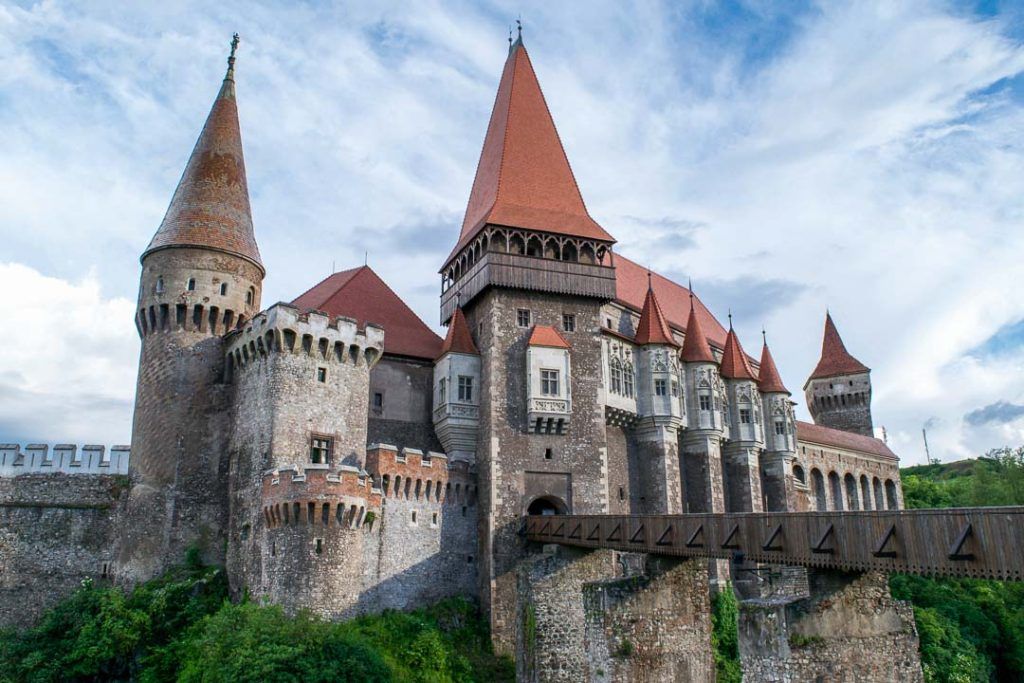
Local Culture and Traditions
Transylvania is a tapestry of cultural traditions, each offering a unique window to the rich heritage of the region. Here, local festivities and customs are not mere tourist attractions, but living expressions of a cultural identity that has evolved over the centuries.
One of the most vibrant manifestations of Transylvan culture is its folk music and dance. Festivals like Sighișoara Medieval Festival relive the history of Transylvania every year with music, traditional dances and handicrafts that transform the old streets into living scenarios of the past. These events are a perfect opportunity to immerse yourself in the spirit of the region and experience the hospitality of its people.
The gastronomy of Transylvania is another of its cultural treasures. Influenced by the confluence of ethnic groups, including the Hungarian, Saxon and Romanian communities, Transylvan cuisine is both diverse and distinctive. Dishes such as “gomboti cu prune” (plum dumplings), and “zacusca” (a type of vegetable preserve), are essential in the local menu. In addition, the region is known for its production of plum brandy and wines, which are the perfect complement to any traditional meal.
Handicrafts are another important form of cultural expression in Transylvania. The art of working wood, ceramics and textiles are skills passed on from generation to generation, and products such as Saxon embroidery or hand-painted ceramics are highly valued by both locals and visitors. Craft markets are a common spectacle in cities and towns, offering a variety of unique products that reflect the artistic soul of the region.
The celebration of life and respect for nature are fundamental in the Transylvan worldview. This is reflected in festivities such as the “Junii Brașovului”, an ancient spring rite that celebrates renewal and fertility with traditional rides and rituals. These festivals not only attract tourists, but are a cornerstone in the life of local communities, strengthening the ties between ancient rituals and modernity.
The cultural richness of Transylvania is, in fact, a mosaic of traditions that coexist harmoniously, offering visitors an authentic and deeply rooted experience in the heart of Eastern Europe. Each visit to this region provides not only a break from the frenetic pace of modern life, but also an invaluable opportunity to participate in a cultural heritage that continues to flourish.
How to get to Transylvania
Arriving in Transylvania from various parts of Romania or from abroad is an essential part of planning any trip to this historic region.
For international travelers, the trip usually begins in the capital, Bucharest, where Romania’s main international airport, Henri Coanda International Airport, is located. From Bucharest, there are several options to move to Transylvania, offering a flexibility that allows visitors to choose according to their time preferences, budget and travel experience.
By air: For those looking for speed, there are internal flights that connect Bucharest with important cities in Transylvania such as Cluj-Napoca, Sibiu and Târgu Mure?. These flights are usually short, of about an hour, and are operated by several domestic airlines.
By train: Traveling by train is a scenic and economical option. Romania has a train network that connects Bucharest with the main Transylvan cities. A train trip to Cluj-Napoca or Sibiu can take between 5 and 7 hours, depending on the type of train and the number of stops. The trains offer different classes of service, including first and second class options.
By road: Renting a car is another viable option that offers more flexibility to explore at your own pace. The distance from Bucharest to Bra? Ov, one of the most visited cities in Transylvania, is approximately 180 kilometers and the road trip can take about 3 hours, depending on traffic and weather conditions. Roads in Romania are in variable conditions, so caution is recommended, especially on mountainous routes.
Public transport: For those who prefer a more local option, intercity buses offer connections between Bucharest and several cities in Transylvania. This option is generally cheaper than the train and can offer an experience closer to the daily life of Romanians.
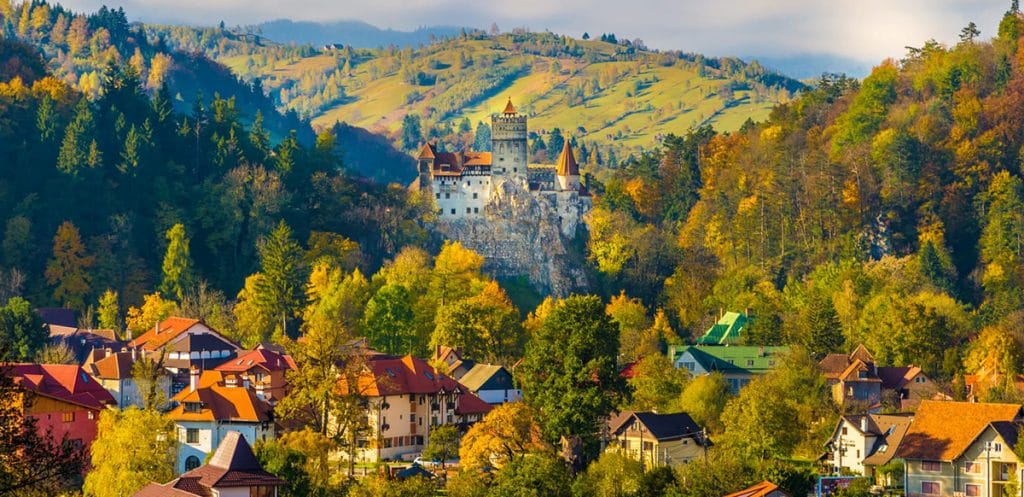
In addition to these main options, Transylvania is accessible from other important cities in Europe through direct flights to Cluj-Napoca, which is an important urban and cultural center of the region. It is also possible to cross to Transylvania from neighboring countries such as Hungary and Ukraine by road or rail, which offers a cross-border perspective on a trip through Eastern Europe.
Planning transportation well is crucial to fully enjoy everything that Transylvania has to offer, from its legendary castles and ancient cities to its natural landscapes and cultural festivals. With the right connections and a good itinerary, getting to Transylvania can be as enriching as exploring it.
Remember to read our article about Bran Castle and the legend of Dracula.
